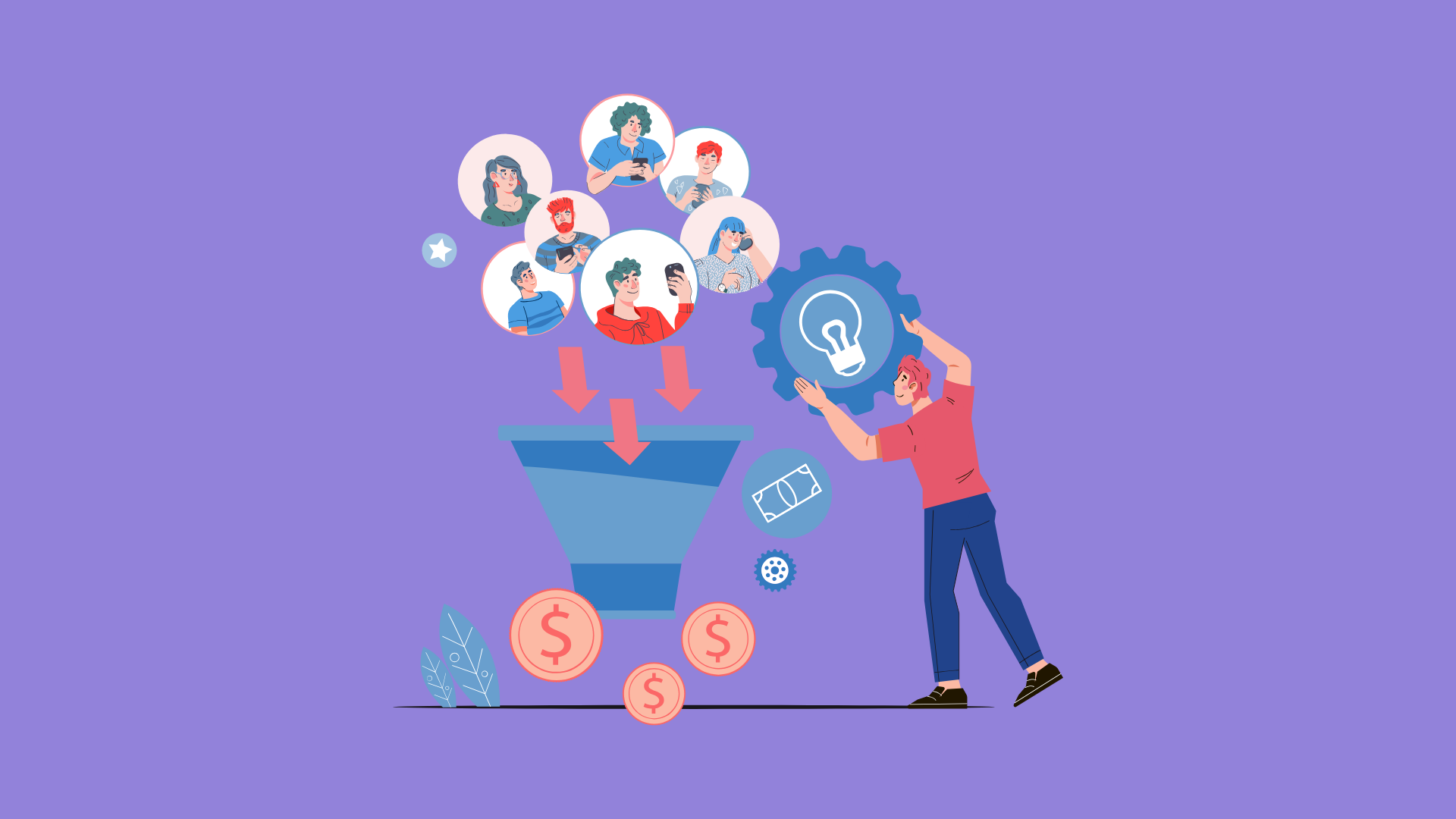Customer expansion has become a core growth strategy for SaaS organizations. With CAC climbing and pipeline unpredictability the new normal, leadership teams are refocusing on Net Revenue Retention (NRR); a clear signal that a business can not only acquire customers but grow with them. NRR measures how much revenue your existing customers generate over time, accounting for expansion, contraction, and churn. But here’s the kicker: most companies don’t necessarily embed expansion into their initial sales or account management plans until later.
Expansion is often treated as a late-stage conversation near renewal rather than a process embedded throughout the customer lifecycle. That’s the problem. When timing and judgement are left to individuals, results vary. If growth from existing customers only shows up in QBRs or last-minute upsell pushes, you’re not driving expansion; you’re reacting to it. Sustainable NRR doesn’t come from heroic CSMs or aggressive end-of-cycle discounts. It comes from design.
This is where RevOps becomes a force multiplier. By including expansion into the customer lifecycle (and making that lifecycle visible in Salesforce) RevOps shifts expansion from guesswork to repeatable process. It’s not about more effort; it’s about better structure.
Where Expansion Predictability Breaks Down
Early customer success processes usually focus on activation and support response. As organizations scale, workflows, dashboards, and handoff protocols are added, but these rarely address how teams identify when a customer is ready for expansion. It’s functional, not strategic.
This often results in a downstream, post-sale motion where maturity lives in meeting notes, Sales lacks visibility into realized value, Finance tracks renewals but not expansion potential, and teams rely on personal context instead of system data. Expansion becomes inconsistent because the lifecycle is not clearly modelled or referenced. This leads to what we call expansion-by-luck, not expansion-by-design. And it’s not a personnel problem, but rather a systems problem.
Structural Patterns That Limit Expansion
Across scaling SaaS organizations, we see very similar structural breakdowns appear again and again, regardless of industry or team maturity. Here’s what usually derails expansion efforts:
1. Customer maturity is not defined in observable stages: Yes, most teams track product usage or activity. But few turn that data into defined lifecycle stages. If your team can’t point to observable signals of customer maturity, expansion becomes a gut-feel conversation instead of a stage-based trigger
Tip: Create lifecycle definitions with clear behavioural signals like, “Stage 3: Expansion-Ready = Consistent weekly usage across 3+ modules, plus stakeholder engagement.”
2. Renewal and expansion discussions are not system-visible until late: If signals remain in slides or Slack, forecasting becomes reflective rather than forward looking. The CRM cannot support planning if lifecycle states are absent. That’s not scalable. If Salesforce can’t tell you where an account stands, you’re flying blind.
Actionable move: Use custom fields or a purpose-built object (e.g., Customer Lifecycle Stage) to codify maturity, and update it with triggers or CS input.
3. Expansion ownership shifts depending on the account: In many orgs, CS sees the value, but Sales owns the quota. So who acts when a customer is ready to grow? Too often, nobody…until it’s too late. This leads to awkward handoffs, misaligned messaging, or worse: missed opportunities.
Framework tip: Use RevOps to clarify ownership across lifecycle stages. E.g., CS owns lifecycle progression, Sales owns expansion once “Expansion-Ready” is hit.
These patterns persist because early growth assumptions remain in place as scale increases, not because teams are misaligned.
What Strong Expansion Systems Do
Organizations with consistent expansion define customer maturity to reflect value realization and represent it inside Salesforce through fields or records that are consistently updated. This means baking expansion strategies into the foundation, not the forecast.
That means:
- Defining customer maturity in concrete, observable stages
- Representing those stages inside Salesforce, not just (reactive) internal comms
- Triggering account reviews or territory planning based on lifecycle progression, not contract anniversary
- Giving cross-functional teams shared visibility into when (and why) expansion is likely
This structure lets Sales and CS move earlier, faster, and more collaboratively, without stepping on each other.
Questions to Evaluate Your Expansion Motion
When you want to assess how expansion-ready your current motion really is, consider starting here:
- Can someone understand a customer’s lifecycle stage using only CRM records?
- Do expansion opportunities appear because maturity is reached, or only near renewal?
- Are value indicators represented in fields and objects, or primarily in meeting summaries and personal understanding?
If your answers lean toward “interpretation,” expansion isn’t operationalized yet. But that’s fixable and it starts with having a RevOps overview.
Net Revenue Retention reflects the organization’s ability to grow revenue from existing customers. When maturity is clearly defined and represented, expansion becomes a natural progression rather than a late-stage push. If expansion feels inconsistent, the constraint is usually system representation, not team capability.
What does your current lifecycle structure make visible, and what does it leave to interpretation? Let’s chat.
